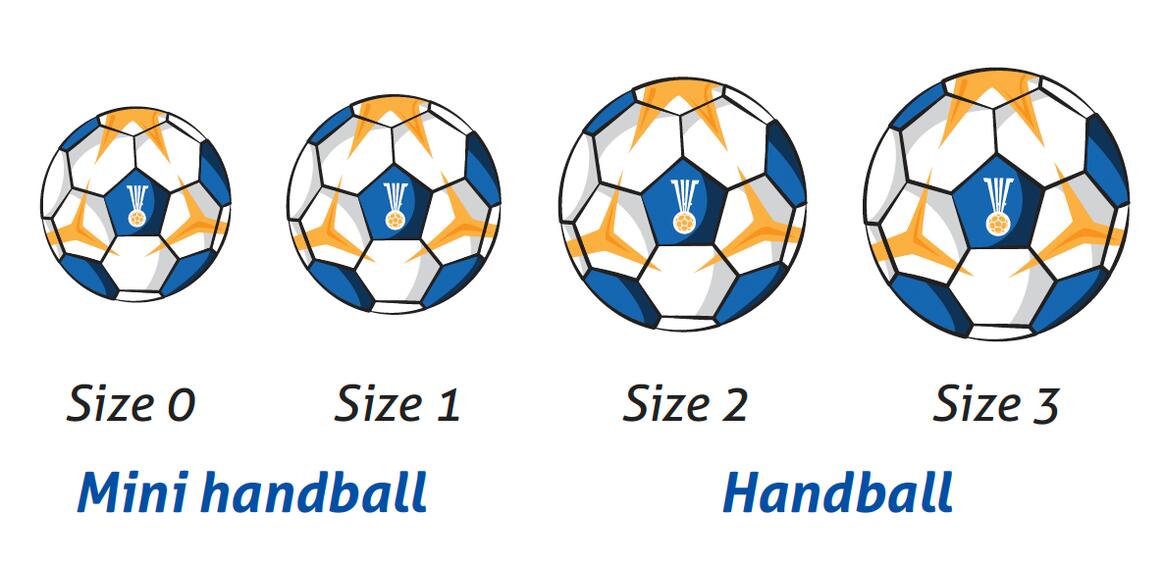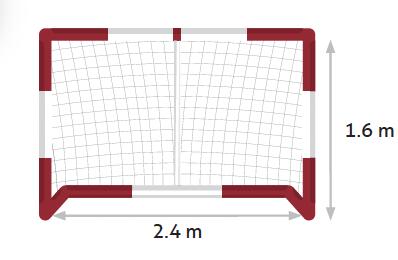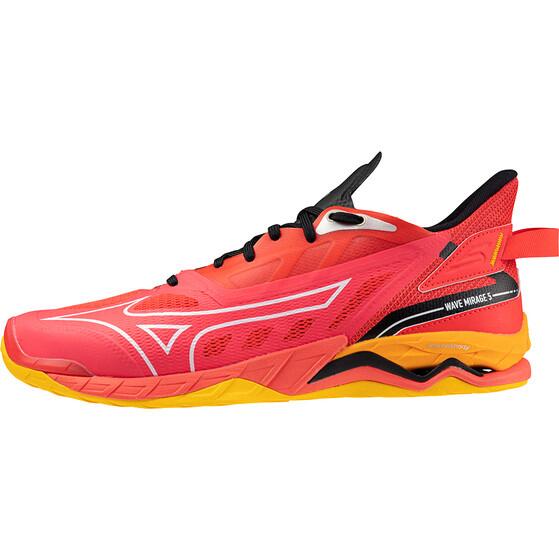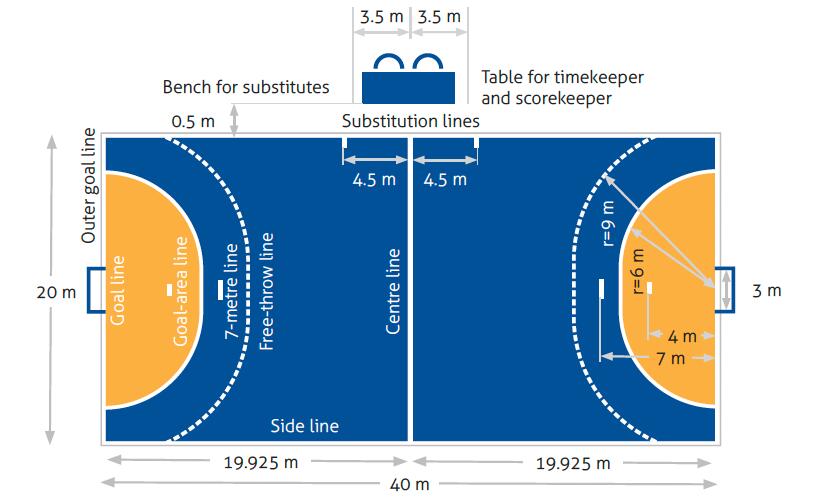Playing Olympic Handball | Equipment & Facilities
Olympic Handball is a fast-paced but easy-to-learn sport that's accessible to players of all levels, ages and abilities. The sport is known for its simplicity and the minimal amount of equipment you need to get started, making it a great game for children and adults alike!
At its simplest, the only equipment you’ll really need is a ball and goal posts, but when playing more ‘officially,’ there is other equipment that might be used. Read on to find out everything you need to know.
The Ball
The first and most important thing you need to get started is a ball!
The handball used in the Olympic games is specifically designed for the fast and rigorous nature of the sport. It must be resilient, easy to grip and suitable for quick passes and shots.
Handball games, both mini and standard, use balls of different sizes to accommodate different age groups and skill levels. Here’s a detailed guide to the sizes and how to use them:
Sizes and Use:
- Size 0: Circumference: 46-48 cm, Weight: 225-275 g. Designed for youth players under 8/10 years (suitable for mini handball and beginners).
- Size 1: Circumference: 50-52 cm, Weight: 290-330 g. Intended for girls aged 8-14 years and boys aged 8-12 years.
- Size 2: Circumference: 54-56 cm, Weight: 325-375 g. Used by girls aged 14 years and older, and boys aged 12-16 years.
- Size 3: Circumference: 58-60 cm, Weight: 425-475 g. For male players aged 16 years and older.
Creating Alternative Balls:
Here are some suggestions as to how to create a makeshift handball:
- Use a plastic bag or a sock as the outer shell.
- Fill with soft, lightweight materials such as paper, cloth, foam, or styrofoam.
- Secure the ball with adhesive tape to maintain its shape.
Recommendations for Beginners:
For introductory play and small-sided games, it is advisable to use balls that are soft, lightweight, easy to grasp, and colourful. Options such as squeeze balls are ideal for beginners due to their forgiving nature and ease of handling.
Size and Specifications
- Men’s Handball: The ball used in men’s competition has a circumference of 58-60 cm and weighs about 425-475 grams.
- Women’s Handball: Slightly smaller, the women’s ball has a circumference of 54-56 cm and weighs 325-375 grams.
These specifications ensure that the ball is manageable and can be handled effectively during the game. The size and weight are optimised for high performance, allowing for precise control and powerful shots.
The Goal
Official handball rules dictate the dimensions and weight of the goal posts to ensure standardisation across the sport, but for beginners and during training sessions, it is possible to adapt and use alternative sizing or more creative goal post solutions if required.
Standard Handball Goals
Standard handball goals measure 3 metres in width and 2 metres in height. These goals must be securely fastened to either the floor or the wall to ensure stability during play.
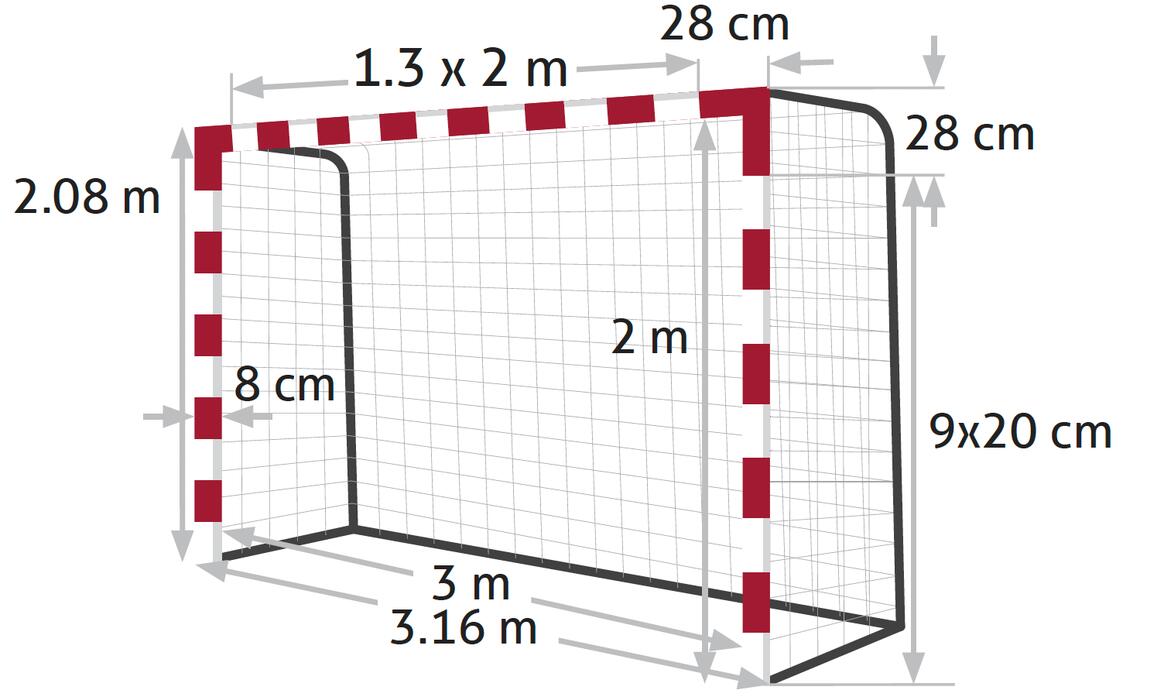
Mini Handball Goals
Mini handball goals are smaller, measuring 2.4 metres wide and 1.6 metres tall, designed specifically for younger players to enjoy the game.
Alternative Goal Solutions
To adapt to different playing environments or to make the game more accessible, several creative solutions can be used:
- DIY Goals: Use materials like wood, iron, or plastic to construct a goal frame.
- Goal Reductions: Place a board or plastic sheeting across a regular goal to reduce its size.
- Portable Goals: Consider inflatable goals for casual play, such as beach handball.
- Imaginary Goals: Simply paint a goal outline on a wall.
- Natural Goals: Utilize everyday objects like mats, boxes, brooms, ropes, or even trees to form a goal.
This flexibility in equipment allows handball to be played in various settings, promoting inclusivity and innovation in the sport.
Olympic Handball Shoes
Whilst specialised footwear is not essential for playing handball as a beginner, certain trainers will allow you to move and pivot more effectively on the court while protecting your feet during play.
Key features of shoes for handball:
- Traction: Shoes must provide excellent grip to accommodate quick changes in direction on the indoor court surface.
- Stability: Good handball shoes offer enhanced stability to help protect against the risk of injuries during rapid movements.
- Cushioning: Adequate cushioning is essential to absorb the impact during jumps and sprints, providing comfort and reducing stress on the feet and joints.
As you advance and perhaps play more competitively, you might consider investing in handball-specific shoes that offer enhanced support and stability tailored to the quick, lateral movements typical in the game.
The top three brands for handball shoes are:
- Mizuno - Known for their innovative cushioning and stability, Mizuno offers a variety of handball shoes designed to meet the needs of different playing styles. For Mizuno handball shoes: Handballshop.com - Mizuno.
- ASICS - ASICS handball shoes are celebrated for their lightweight design and excellent grip, making them a favorite among agile and fast players. For ASICS handball shoes: Handballshop.com - ASICS.
- adidas - The adidas Stabil line, especially the Stabil Next Gen, is highly regarded for its combination of stability and lightweight construction, ideal for dynamic movements on the handball court. For adidas handball shoes: Sportshop.com - adidas.
Clothing & Uniform
In Olympic handball, wearing team uniforms is necessary to distinguish between teams. At a A typical team uniform includes:
- Jerseys: These are usually lightweight, breathable shirts that display the team’s colors and player numbers prominently for easy identification.
- Shorts: Coordinated with jerseys, these are also lightweight and designed for ease of movement.
- Socks: Knee-high socks help protect the lower legs and knees from abrasions and floor burns that can occur during intense play, especially when players dive or slide on the court to reach the ball.
- Knee Pads and Elbow Pads: For protecting the joints during falls and collisions. Made from foam or gel, these pads absorb shock and reduce the risk of bruises and scrapes.
Uniforms are more than just clothing; they represent the team's identity and spirit on the court. Ensuring that uniforms meet the sport’s regulatory standards in design and color contrast is key for official matches.
Handball Facilities
Mini Handball Court
For beginners, mini handball is played on smaller fields measuring 20 x 13 meters. This size helps manage the physical demands on new players and increases opportunities to attempt goal shots, fostering a sense of achievement. Games are typically played with four players per side, plus goalkeepers.
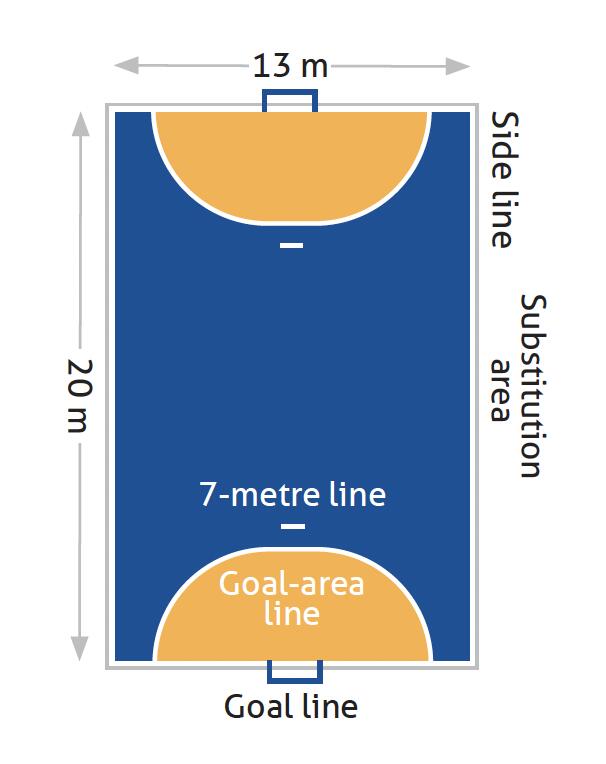
Court Layout:
- Side Lines: The longer boundary lines of the court.
- Goal Lines: Located between the goalposts.
- Outer Goal Lines: Extend beyond the width of the goal.
Surface and Marking: Mini handball can be played on various surfaces including grass, sand, concrete, and dirt. The court can be marked with materials like adhesive tape, chalk, or sand, and even mowed or carved into grass.
Goal Area:
- The goal area may be marked in three styles:
- Rectangle (like beach handball): The goal-area line is set 4 to 5 meters from the goal.
- Semi-circle: Suitable for novices with a radius of 4 meters, extending to 5 meters for absolute beginners.
- Combination Layout: Features a 2.4-meter line directly in front of the goal, parallel to the goal line and 5 meters away, connected by two quarter circles from the corners of the goalposts.
Standard Handball Court
The official handball court is a 40-meter by 20-meter rectangle, divided into two goal areas and the main playing area.
Safety Zones:
- A safety zone of 1 meter along the sidelines and 2 meters behind the goal lines is required to ensure player safety.
Court Markings:
- Goal-area Line: Defined by a 3-meter long line in front of the goal, parallel to the goal line and 6 meters away, linked with quarter circles from the goalposts.
- The lines on the court, including the sidelines and goal lines, should be 5 cm wide, except between the goalposts where they should be 8 cm wide.
